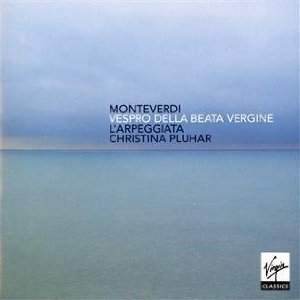Music |
Claudio Monteverdi: Vespers of the Blessed Virgin (Vespro Della Beata Vergine)
By
Published: Mar 13, 2022
Category:
Classical
Quick: Name two great pieces of choral music that were created as job applications.
The B Minor Mass, by Bach? Yes.
The other is harder: Vespro Della Beata Vergine (Vespers of the Blessed Virgin), which Claudio Monteverdi (1567-1643) sent to the Pope in 1610, hoping to get a plum job in Rome.
Extra point question: Which composer got a job? Only Bach.
But weep not for Monteverdi. In 1612, he was hired — for 300 ducats a year — as maestro di cappella at the basilica of St. Mark in Venice. Four years later, he was honored with a 200 ducat raise. And he kept that distinguished job for an extraordinary 33 years until his death in 1643.
Monteverdi engineered a revolution in music. Starting with his 1607 opera, “L’Orfeo,” he abandoned the conventions of Renaissance polyphony — which had all the voices projecting equally, in a kind of Phil Spector wall of sound — and moved individual singers to the foreground.
Suddenly a singer was a character, and the words he sang described emotions unique to him. Choral music became drama. The instruments became the backup band; and the chorus became backup singers. And Renaissance music segued into the Baroque. If you listen closely, you can hear how the “Vespers” foreshadow Handel’s “Messiah” and the “St. Matthew Passion” of Bach. [To buy the CD from Amazon, click here. For the MP3 download, click here.]
Arpeggiata is a French-based ensemble created by Christina Pluhar, an Austrian-born harpist and lutenist. She has a modern, free-lance approach to casting; singers briefly become part of her group because they have something to offer for specific pieces. And she has a lighter touch than some highly praised conductors.
Here is the piece in its entirety. The first few minutes should excite and console.


